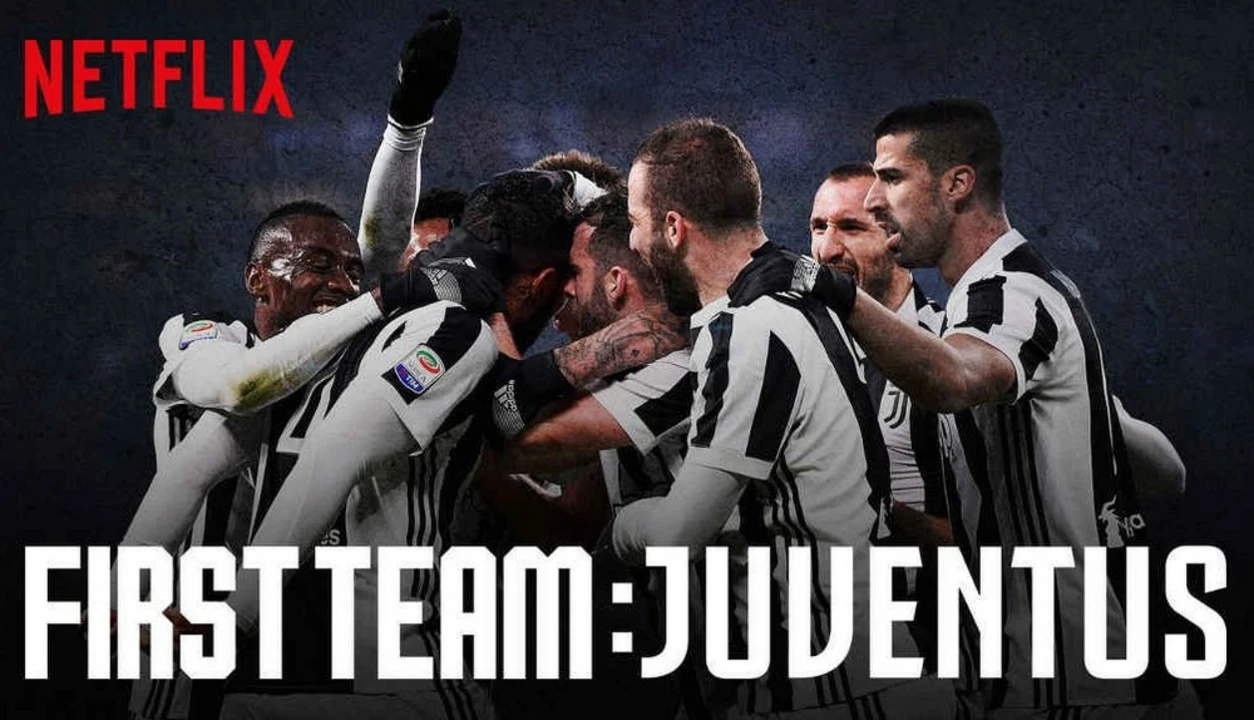Live Sports – Real‑Time Action, Stats & Stories
When you think about live sports, the instant thrill of watching a game as it unfolds, whether on TV, a phone or a stadium screen. Also known as real‑time sports, it captures the pulse of a match, the roar of the crowd, and the split‑second decisions that shape outcomes. Premier League, England’s top‑flight football competition exemplifies how live sports drives global fandom, while MLS, Major League Soccer in the United States shows the growth of live coverage across time zones. The NFL, America’s professional football league pushes streaming tech to its limits, delivering high‑definition feeds to millions each Sunday. These leagues illustrate that live sports encompasses real‑time broadcasting, requires reliable streaming infrastructure, and influences betting markets worldwide.
Why does live sports matter more than any other way to follow a game? First, the immediacy fuels emotion – you feel the tension of a penalty kick or a buzzer‑beater as it happens. Second, live data feeds power fantasy leagues and sports betting, turning passive watching into interactive participation. Third, broadcasters invest heavily in multi‑camera angles, instant replays, and expert commentary to keep you glued. This ecosystem creates a feedback loop: the more fans demand instant access, the more networks innovate, and the richer the live experience becomes.
Key Elements That Shape the Live Sports Experience
At the heart of every live broadcast lies sports broadcasting, a discipline that blends technology, storytelling and fan engagement. Production crews coordinate dozens of cameras, microphone crews, and graphics operators to deliver a seamless feed. Meanwhile, streaming platforms rely on content‑delivery networks (CDNs) to reduce latency, ensuring you see the goal seconds after it scores. On the business side, advertisers slot commercials based on viewership spikes, while odds‑makers adjust lines in real time as the action unfolds. Each of these pieces ties back to the central idea of live sports: delivering the match as it happens, with zero delay.
Another powerful driver is the rise of mobile viewing. A growing share of fans watch games on smartphones, meaning apps must support adaptive bitrate streaming, push notifications for key moments, and simple UI for quick navigation. This shift has forced leagues like the Premier League and MLS to launch dedicated apps that offer exclusive behind‑the‑scenes clips and real‑time stat overlays. The result? Fans get a richer, more personalized experience, whether they’re at home, on the commute, or in a coffee shop.
Live sports also fuels community building. Social media platforms light up with hashtags, memes, and live‑tweet threads the moment a match kicks off. Fans form instant bonds over shared reactions – a last‑minute equalizer, a controversial VAR decision, or a spectacular save. These digital conversations extend the stadium atmosphere beyond physical walls, turning a single game into a global discussion. For content creators, this means a constant stream of topics to cover, from match previews to post‑game analysis.
If you’re curious about how odds shift during a match, look at the betting market’s response to live events. When a favored team concedes a goal, bookmakers quickly adjust the spread, reflecting the new probability of a comeback. This dynamic makes sports betting a real‑time companion to live sports, adding another layer of excitement. Understanding these shifts can also help fans make more informed decisions, whether they’re casual bettors or daily fantasy participants.
Technology keeps pushing the boundaries of what’s possible. Augmented reality (AR) overlays can display player stats right on the screen, while virtual reality (VR) offers a 360‑degree view that places you inside the stadium. As these tools mature, the line between watching and experiencing blurs, giving fans unprecedented immersion. For leagues, adopting such tech early can be a differentiator, attracting younger audiences who crave interactive content.
From a statistical standpoint, live sports generate massive data streams. Each pass, shot, or tackle is logged and analysed in real time, feeding dashboards that coaches and analysts use to tweak strategies on the fly. For fans, these stats translate into deeper insight – you can see why a team is pressing higher or why a player is being subbed out. This data‑driven narrative enriches the storytelling that broadcasters craft around each match.
Looking ahead, we can expect even tighter integration between live sports and e‑sports, as traditional leagues explore digital‑first formats and hybrid events. The appetite for instant, shareable content will only grow, meaning platforms must stay agile. Whether it’s a Premier League showdown, an MLS playoff, or an NFL Sunday night thriller, the core promise stays the same: delivering the game as it unfolds, with all the drama, stats and community interaction that fans love.
Below you’ll find a curated set of articles that dive deeper into match odds, fan experiences, broadcasting innovations and more. Each piece adds a piece to the puzzle of why live sports matters today and how it’s shaping the future of entertainment.
What is the Netflix equivalent of live sports?
The world of live sports is an exciting and thrilling experience that can't be replicated. But what if you could get a streaming experience that was the equivalent of live sports? Enter Netflix, the streaming service with an ever-growing library of sports-related content. From documentaries to original series, Netflix has something for everyone who loves sport. Whether you're looking for an in-depth look at the history of a sport or a high-octane competition series, Netflix has it all. So, if you're a fan of sports, but don't have the time to watch live games, Netflix is the perfect streaming service for you.



